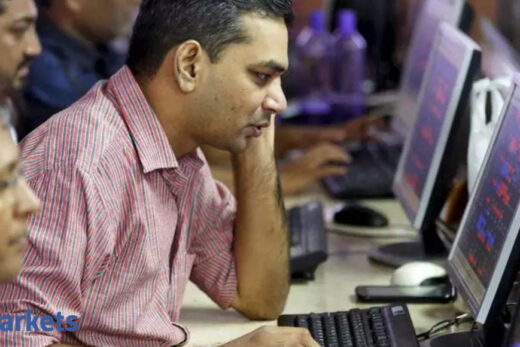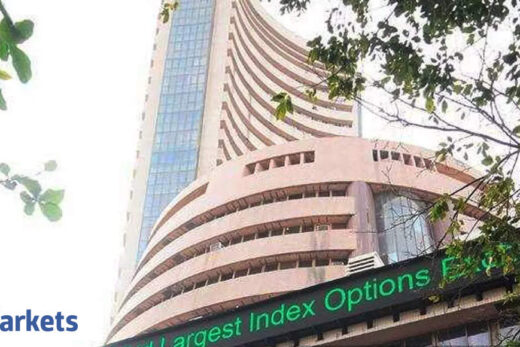HUL’s revenues are likely to grow 19 per cent on a year-on-year basis to Rs. 11,647.8 crore, while its net profit may rise 28.4 per cent to Rs. 2,075.2 crore, according to estimates from 12 brokerages polled by ETMarkets.com.
The soap-to-shampoo marker’s organic revenues are expected to grow around 4.8-6.0 per cent, while the portfolio of products acquired from GSK Consumer Healthcare is likely to post double-digit sales growth in the quarter, said analysts.
Analysts expect the fast-moving consumer goods company to report organic volume growth of 3-5 per cent for the quarter ended December suggesting continued sequential recovery. In the September quarter, the company had reported volume growth of 1 per cent and in the year-ago quarter, the same stood at 5 per cent.
“Winter products are expected to drive HUL’s performance during the quarter, led by the onset of a strong winter. However the benefit in winter products will be restricted due to delay in demand pick up for winter products,” said brokerage firm Antique Stock Broking.
Brokerages expect the revenue performance to have also been helped by the company’s higher focus on digitisation of supply chain through its ‘SHIKHAR’ application, and its improving distribution and reach in rural markets after the initial impact of COVID-19.
The company’s operating profit in the quarter is expected to see strong growth of more than 20 per cent on year to Rs. 2,929.9 crore in the quarter. However, the company’s gross margins are likely to shrink due to a continued rise in raw materials. HUL in the previous quarter had warned that rising input prices will put pressure on its gross margins.
HUL’s operating margin in the December quarter is likely to trend at 24.3-25.0 per cent as an increase in input costs will be more or less balanced by price hikes in tea and soaps, and lower spending on advertisements.
Brokerage firm Motilal Oswal Securities said that investors will look out for the management’s commentary on consumer behaviour in terms of downtrading, outlook on raw material prices and rising competitive intensity in the sector.



